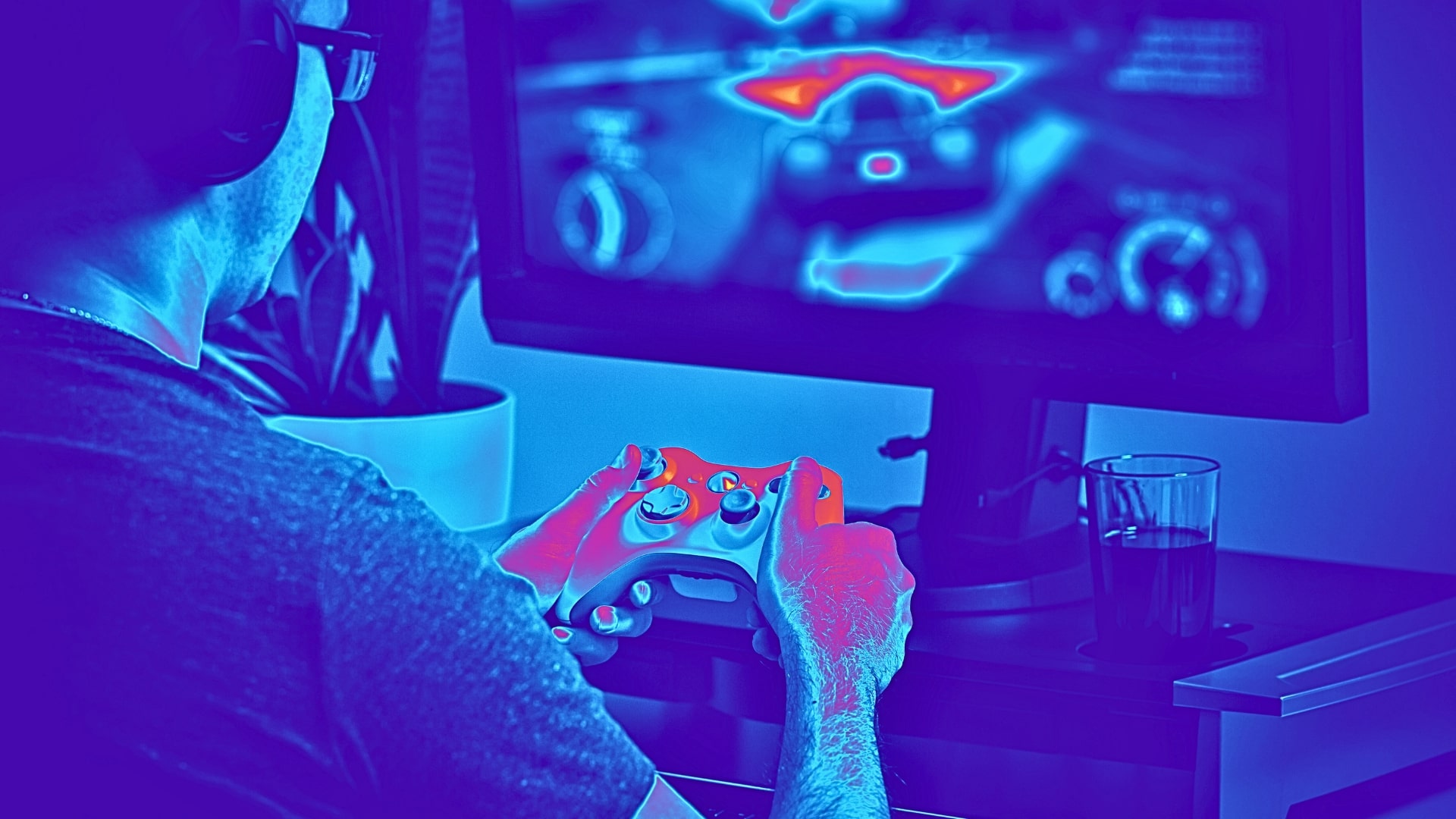
A mobile game may be brilliant on paper, but in the hands of the user, other factors come into play: stability, smoothness, a clear interface, and the first 30 seconds, after which you either want to stay… or...
read more
How Are Games Created for PC? A Guide to the World of Game Development with Yevhen Kasianenko

Good day, dear readers. If you’re here, it means you’re interested in computer game development. Well, you’ve come to the right place. I am Yevhen Kasianenko, and today I will tell you about how to create a game for PC at our studio, Kiss.software.

The algorithm for creating games is generally the same. The entire development process consists of a series of basic stages. We won’t consider complex projects with Motion Capture systems; instead, we will focus on the fundamental stages and mechanics.
I won’t be discussing marketing and advertising today, nor will I cover working with gaming media and influencers. I believe that multiple articles would be needed for that. Therefore, today we will focus on the technical aspects. Now you have a general idea of how to create a game for PC. Next, I will talk about the specifics of each stage of the work of the Kiss.software studio on projects.

The idea is the foundation of any project; without it, nothing happens. Where does it come from? Some draw inspiration from their creativity, others from science fiction books, while some reinterpret folk tales in a cyberpunk setting. The idea is limited only by your imagination.
Based on this, we start to shape the concept of the future project. At this stage, it’s crucial to outline several key aspects, as they will determine the entire development path and process.
Having clarified the idea and message, we’ve documented everything and can now move on to the concept. What’s the difference between an idea and a concept?
The project idea is a general representation, while the concept is a detailed plan.
At this stage, we at Kiss.software form and document:
As a result, we will have a document outlining all the key aspects of the game. This document will serve as our foundation for development.
That’s it! We have the concept, it’s approved, and ready for implementation. The practical work on the game begins, which involves planning and starting cooperation with designers.
The first step is to create a GDD (Game Design Document). This document describes all (not just key, but all) aspects of the game. It contains information about everything, from interface components to mechanics of interaction with the environment.
The document outlines game mechanics, rules, level operations, scoring mechanisms, and other details.
It also includes a separate section on level design. Layouts and schematics of levels are prepared, detailing the placement of characters, enemies, items, key locations, secret levels, or developer Easter eggs.
The user interface is developed as well. Naturally, it may change after testing, but there should be an initial representation.
Development begins on characters, game objects, sounds, animations, and other visual components.
Once the plan and concept are ready, we begin selecting technical tools and the team.
As you can see, the step-by-step approach is very important, and we cannot overlook the creation of documents and the selection of tools. Each step is connected to the previous one.

And now comes the moment to begin the development and programming of the game. The team is in place, the tools are ready, and the next stages of work commence.
At this stage, some companies may already showcase their alpha version of the game to the public and open alpha testing, gathering feedback, suggestions, and critiques from gamers.
Once the alpha test concludes, a beta test begins, incorporating all identified errors and suggestions, as well as necessary adjustments and corrections. After thorough checks and testing, the game is submitted to Steam and released.
It’s important to monitor player feedback on the release day. If players notice errors or bugs, it’s crucial to listen to them and address these issues promptly by creating a “Day One Patch.”
We must not forget that game support should continue for an extended period after launch. Some bugs may take months to identify, while others may only manifest on older hardware used by players.
Game support should be conducted regularly and continuously, especially if the game’s concept implies the regular addition of new content and updates.
If you’ve wanted to create your own game, the team at Kiss.software is ready to bring your boldest and most interesting projects to life. As practice shows, daring and unique projects are warmly received by gamers. Why choose Kiss.software?
If you want to create your own game—take action, don’t postpone your ideas, and Kiss.software will assist you with the development.


A mobile game may be brilliant on paper, but in the hands of the user, other factors come into play: stability, smoothness, a clear interface, and the first 30 seconds, after which you either want to stay… or...
read more


When it comes to games, many people think of gamers with joysticks and beautiful virtual worlds. But behind all this lies one of the most profitable markets, where serious budgets are at stake and decisions are made based...
read more